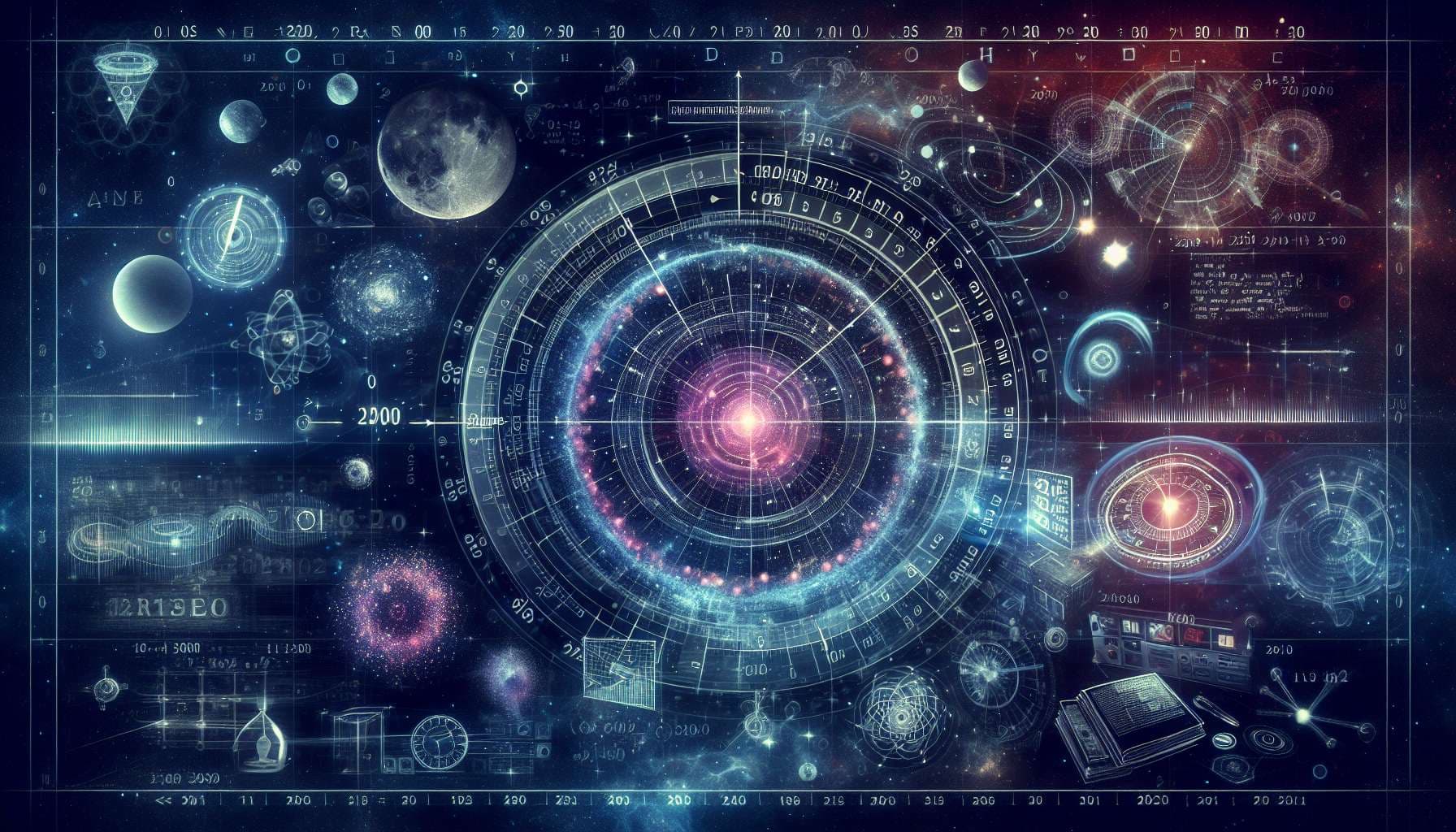
A clear discrepancy arises in measuring the mass of galaxies when measuring only the mass of visible matter. The accelerating expansion of the universe requires that dark energy and dark matter, in some form, must exist. A thorough explanation of what properties are attributed to dark matter and dark energy are present here: https://science.nasa.gov/astrophysics/focus-areas/what-is-dark-energy/
What Is Dark Matter?
By fitting a theoretical model of the composition of the universe to the combined set of cosmological observations, scientists have come up with the composition that we described above, ~68% dark energy, ~27% dark matter, ~5% normal matter. What is dark matter?
We are much more certain what dark matter is not than we are what it is. First, it is dark, meaning that it is not in the form of stars and planets that we see. Observations show that there is far too little visible matter in the universe to make up the 27% required by the observations. Second, it is not in the form of dark clouds of normal matter, matter made up of particles called baryons. We know this because we would be able to detect baryonic clouds by their absorption of radiation passing through them. Third, dark matter is not antimatter, because we do not see the unique gamma rays that are produced when antimatter annihilates with matter. Finally, we can rule out large galaxy-sized black holes on the basis of how many gravitational lenses we see. High concentrations of matter bend light passing near them from objects further away, but we do not see enough lensing events to suggest that such objects to make up the required 25% dark matter contribution.
Will we understand the fundamental nature of dark matter by the end of 2030?
A related question:
Assuming that the question of dark matter has been around since the ‘80s (a bit arbitrary but we need a cutoff) we failed to explain it for ~44 years and we have 6 years left to 2030. 6/44 ~ 1/7 ~ 14%. Not that this makes any sense. In a few years we will launch the Nancy Grace Roman telescope, likely to rule out asteroid-mass primordial black holes as a form of dark matter.